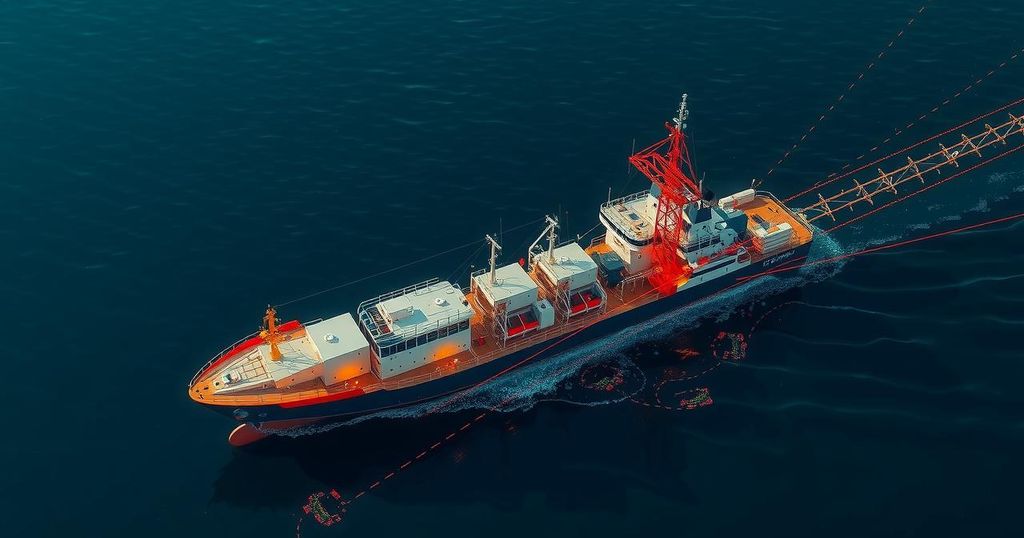Durham Scientist Participates in Research on 2011 Tohoku Earthquake

A scientist from Durham is part of a team investigating the 2011 Tohoku earthquake by drilling into the Japan Trench. The research aims to understand the unique processes causing the earthquake, which resulted in significant loss of life and a nuclear crisis. The JTRACK project follows up on earlier studies and is currently over halfway through its expedition, gathering crucial geological data.
A scientist from Durham University is participating in an international research initiative onboard the Chikyu drilling ship, aiming to investigate the causes of the 2011 Tohoku earthquake off the east coast of Japan. The Tohoku earthquake, one of history’s most significant seismic events, resulted in massive tsunami waves, extensive damage to infrastructure, and a nuclear disaster at the Fukushima Daiichi plant, claiming approximately 18,500 lives while displacing over 160,000 individuals.
The Japan Trench Fast Drilling Project (JFAST) initially collected samples from the Japan Trench to understand better the mechanisms behind the earthquake. Currently, the Tracking Tsunamigenic Slip Across the Japan Trench (JTRACK) project is underway, with experts drilling through a fault boundary at the earthquake’s location. Over halfway through their four-month expedition, the team has successfully drilled from the continental plate to the subducting Pacific plate, installed an observatory through the fault, and initiated sampling of deep-sea sediments and fault materials.
The scientific investigation is particularly significant as prior to the 2011 event, researchers did not expect the shallow part of a subduction zone fault to rupture as it did. This earthquake demonstrated unprecedented fault displacement, deeply influencing our understanding of seismic activity in these zones. Through additional sampling of the fault section that experienced slippage, the JTRACK team, which includes Rebecca Robertson from Durham, aims to illuminate the processes that facilitated this extraordinary earthquake.
The Tohoku earthquake of 2011 stands as one of the largest seismic events in recorded history. Occurring off the eastern coast of Japan, it resulted in catastrophic tsunamis and infrastructure failures, leading to a nuclear emergency at the Fukushima Daiichi plant. Understanding the mechanisms that contributed to such an unprecedented disaster remains a priority for scientists, particularly those involved in the JTRACK project, which builds on earlier research from the JFAST initiative and seeks to uncover critical geological processes associated with subduction zones.
The ongoing efforts of the JTRACK expedition are crucial for enhancing our understanding of seismic activities, particularly the mechanisms of large tectonic shifts as seen in the Tohoku earthquake. With contributions from leading researchers such as Rebecca Robertson, the project aims to shed light on the geological phenomena that triggered one of the most devastating natural disasters in recent history. Such work is essential for improving earthquake preparedness and mitigating future risks associated with this kind of geological activity.
Original Source: www.durham.ac.uk







